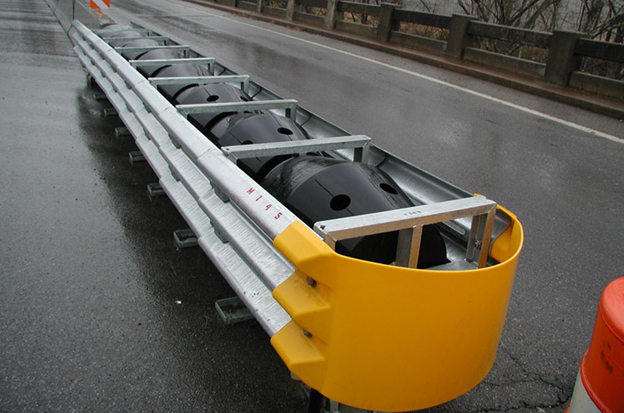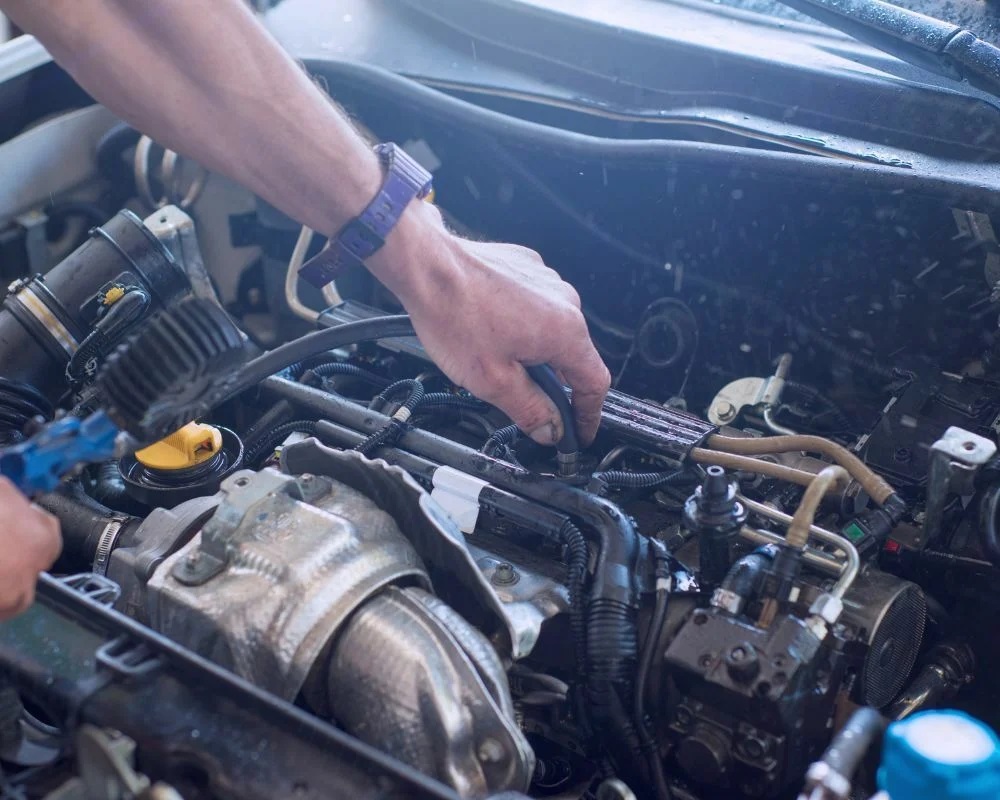Traffic accidents on highways and busy roads can be severe, especially when vehicles collide at high speeds. One of the most effective safety measures used to reduce injuries and save lives is the installation of crash cushions. These safety devices are designed to absorb impact energy, prevent vehicle damage, and protect drivers and passengers during accidents. Understanding how crash cushions work and why they are important can help people appreciate their value on modern roads.
What is a Crash Cushion
A crash cushion is a safety device installed on roads, highways, and at hazardous areas such as bridge ends, toll plazas, and work zones. Its main function is to absorb the force of a collision when a vehicle crashes into a fixed object or barrier. Crash cushions are often made of energy-absorbing materials, such as steel, aluminum, or specially designed plastic components. By reducing the force of impact, they significantly lower the risk of serious injuries and vehicle damage.
How Crash Cushions Work
Crash cushions work by dissipating the energy from a high-speed impact over a controlled distance. When a vehicle hits the crash cushion, the device deforms or compresses, gradually slowing down the vehicle instead of stopping it abruptly. This process reduces the sudden deceleration that often causes severe injuries to occupants. Some crash cushions are designed with multiple sections that can collapse sequentially, ensuring consistent energy absorption even during different types of collisions.
Types of Crash Cushions
There are several types of crash cushions, each designed for specific road situations. Some crash cushions are fixed in place, while others are portable and can be moved to protect temporary construction zones. Fixed crash cushions are commonly seen on highway barriers, bridge ends, and areas with a high risk of impact. Portable crash cushions are often used in road work zones, providing temporary protection where lanes are shifted or narrowed. The design and type of crash cushion depend on factors like traffic speed, volume, and the type of potential hazards.
Benefits of Crash Cushions
The primary benefit of a crash cushion is safety. By absorbing impact energy, these devices prevent vehicles from hitting dangerous objects directly, which can save lives and reduce injuries. Crash cushions also minimize vehicle damage, potentially lowering repair costs after an accident. Additionally, they protect workers and pedestrians in construction zones by creating a buffer between moving vehicles and the area they are guarding. Overall, crash cushions contribute to safer roads, especially in areas prone to high-speed collisions.
Placement of Crash Cushions
Proper placement of crash cushions is critical to their effectiveness. They are usually installed in areas where collisions are likely or where barriers and fixed objects pose serious risks. Common locations include the ends of guardrails, highway medians, toll booths, and zones with high traffic volume. Engineers carefully assess road conditions, vehicle speed, and accident history to determine the best positions for crash cushions. This strategic placement ensures that drivers have the highest chance of surviving a high-speed impact with minimal injury.
Conclusion
Crash cushions play a vital role in modern road safety by protecting drivers, passengers, and pedestrians from high-speed collisions. These devices absorb impact energy, reduce vehicle damage, and prevent severe injuries during accidents. With proper placement and maintenance, crash cushions are an essential tool for making highways and construction zones safer. By understanding their function and benefits, drivers can better appreciate the safety measures in place to protect them on the road.





